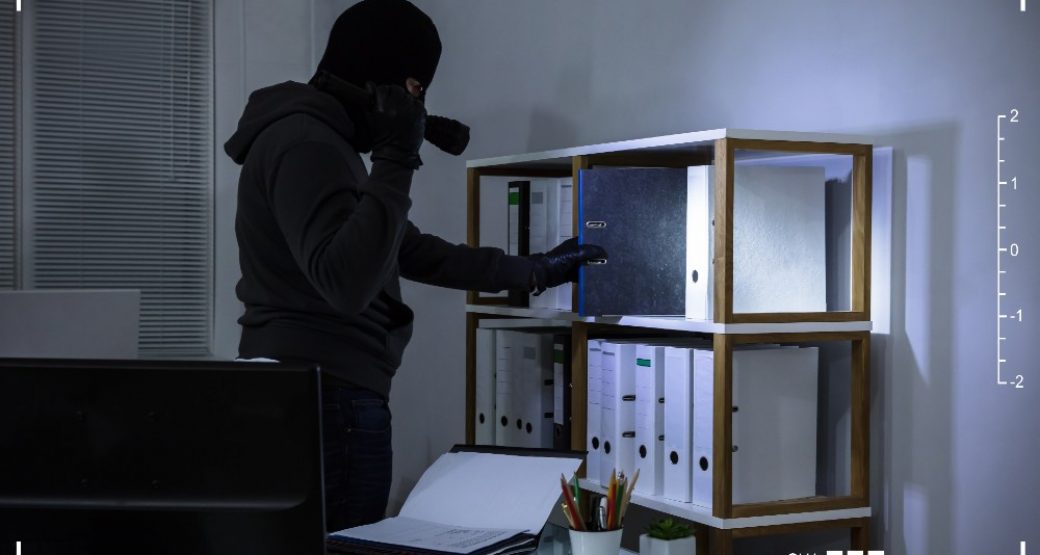An intrusion detection system (IDS) can be one of the most important elements of your organization’s overall commercial security strategy. It’s next to impossible to conduct a manual inspection of all your organizational data for potential vulnerabilities and intrusion threats. This is where the need for an intrusion detection system comes into the picture.
With around-the-clock monitoring and real-time feedback, intrusion detection systems ensure your access control systems are not violated.
Types of Intrusion Detection Systems
Intrusion detection systems fall into either of these five types:
- Physical Surveillance. Commercial video surveillance systems monitor the areas around your commercial property and ensure their security. These systems can be paired with video monitoring solutions to track user activity.
- Host Monitoring. Host monitoring systems can be used to monitor devices and machines used by organizations. These systems locate suspicious behavior arising from internal factors and from devices and machines attacked by malware.
- Network Oversight. Network intrusion detection systems can be used to track inbound and outbound traffic on a network or server.
- Signature-Based Detection. Signature-based intrusion detection systems can be used to identify patterns and signatures of attack behaviors as noted in the past.
- Anomaly Detection. Anomaly detection systems can be used to track attacks from multiple sources at once. Unusual behavior is often the key to such attacks.
How Intrusion Detection Systems Work
It’s important to note that intrusion detection systems help in identifying unusual traffic and alerting IT teams via alarms so that they can take the necessary steps in the event of a system attack. They do not help in preventing potential attacks. They measure daily operation against the baseline and send alerts to security operation centers so that it becomes convenient for security experts to detect suspicious activities.
The typical functions of intrusion detection systems include:
- They monitor functions of firewalls, files, important management files, and routers.
- They provide 24×7 support to IT teams.
- They help in arranging different audit trails and logs.
- They trigger an alarm when a security threat is observed.
- They block the servers immediately when suspicious activity is spotted.
How Intrusion Detection Systems Can Help
As hackers continue to develop tools to attack systems, intrusion detection systems have become a must-have for organizations. They provide a host of benefits to organizations. These include:
- Monitoring of all incoming and outgoing network activity
- Detecting signals of intrusion in the system
- Sending alerts in the event of a suspicious activity
- Recognizing different security incidents
- Examining the frequency and types of security attacks
- Identifying bugs and issues related to the configuration of network devices
- Inspecting data within the operating system and network
- Providing centralized commercial security management
- Ensuring multiple access points are secured across all locations
- Developing customized analytics and reporting about the health of the systems and networks in organizations
- Providing 360-degree security endpoint management
How to Find the Right Intrusion Detection System
As you’ve already seen in the first section of this post, you can find five types of intrusion detection systems on the market. However, you should select the best option per your organization’s security needs. Ensure you thoroughly assess and evaluate the following factors when looking for a suitable intrusion detection system for your organization:
- Security alarm monitoring options: Check if the intrusion detection system comes with a host of alarm monitoring options, such as door alarms (entrance and exits), window alarms, and alarms at all other possible entry points. Also, check if the system comprises beams, motion sensors, glass break sensors, and more.
- Security access codes: Ensure the intrusion detection system comprises unique security access codes to make it convenient for your staff and you to manage it.
- Security system access and viewing options: Ensure the intrusion detection system comes with multiple access and viewing options, such as the ability to access the system using a PC or smartphone application.
At ProTech Security, we work with Digital Monitoring Products (DMP) to create easy-to-use, affordable and scalable solutions for intrusion detection systems and deterrence to provide encrypted, versatile, high-level physical security with secure communications to keep personnel informed in times of emergency and help ensure a rapid, informed response.
We partner with reliable and trusted authorized dealers, integration partners, and government security directors to devise reliable, powerful solutions based on field knowledge, shared information, and the need for redundant processes.
At ProTech Security, we have a strong history of experience, innovation, and customer service. The ProTech Security Advantage is more than 35 years of service in Northeast Ohio and a strong commitment to providing quality, cost-effective protection for homes, businesses, educational institutions, and government facilities. To see what ProTech Security can do for you, contact us today.



